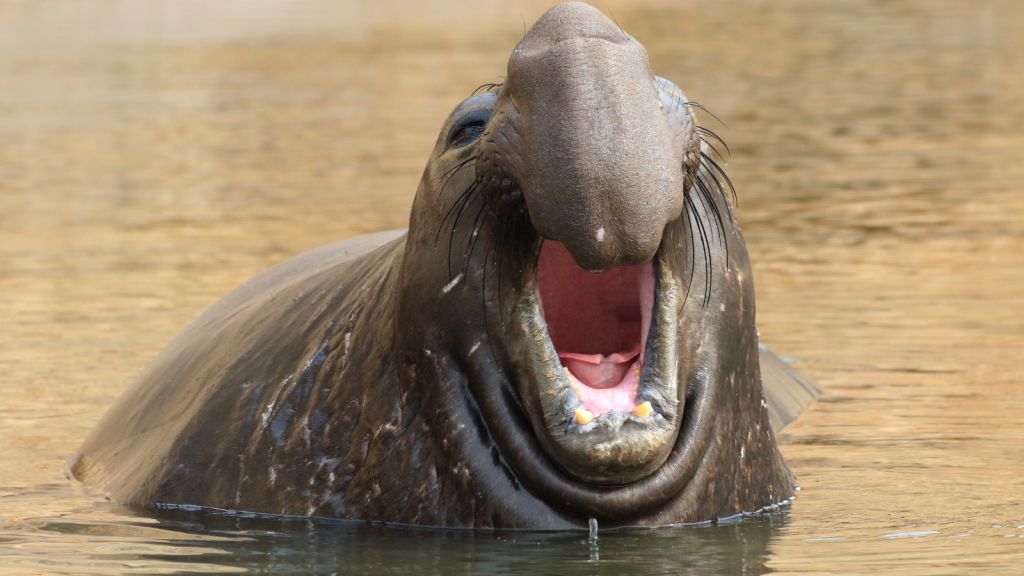The icy waters and rocky shores of our coastlines are home to a surprising array of seal predators. From the depths of the ocean to the skies above, these hunters have adapted to catch these blubbery mammals. While seals might seem safe in their watery homes, they face threats from land, sea, and air. This list reveals the unexpected variety of animals that have seals on their menu. Some might shock you, while others are the usual suspects in this natural drama of survival.
1. Orca
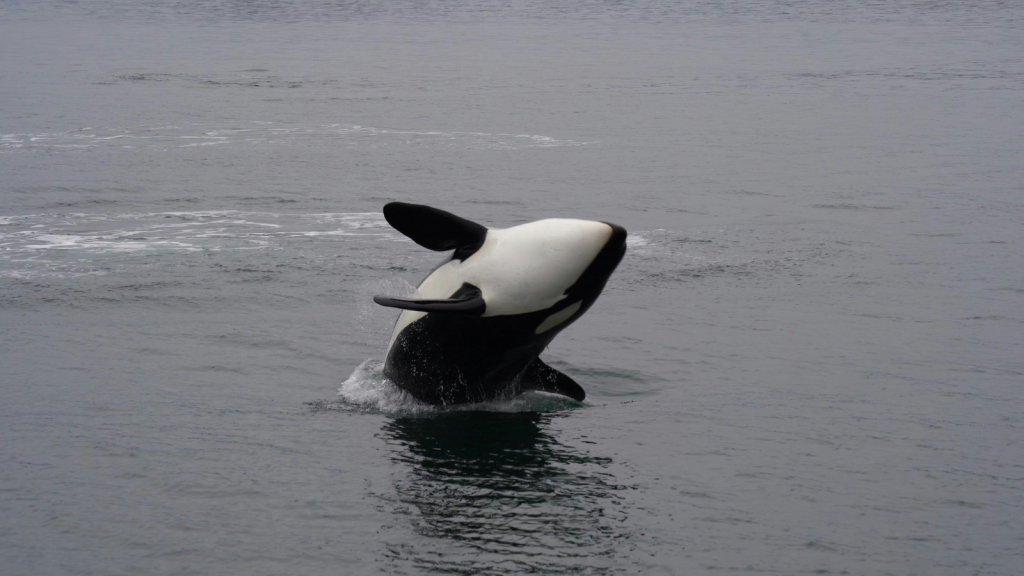
Orcas, or killer whales, are master seal hunters. They work together in pods to chase and corner their prey. These clever whales sometimes create waves to wash seals off ice floes. Orcas can easily overpower even the largest seal species. Their hunting techniques are so advanced that they’ve been observed teaching these skills to younger pod members.
2. Great White Shark
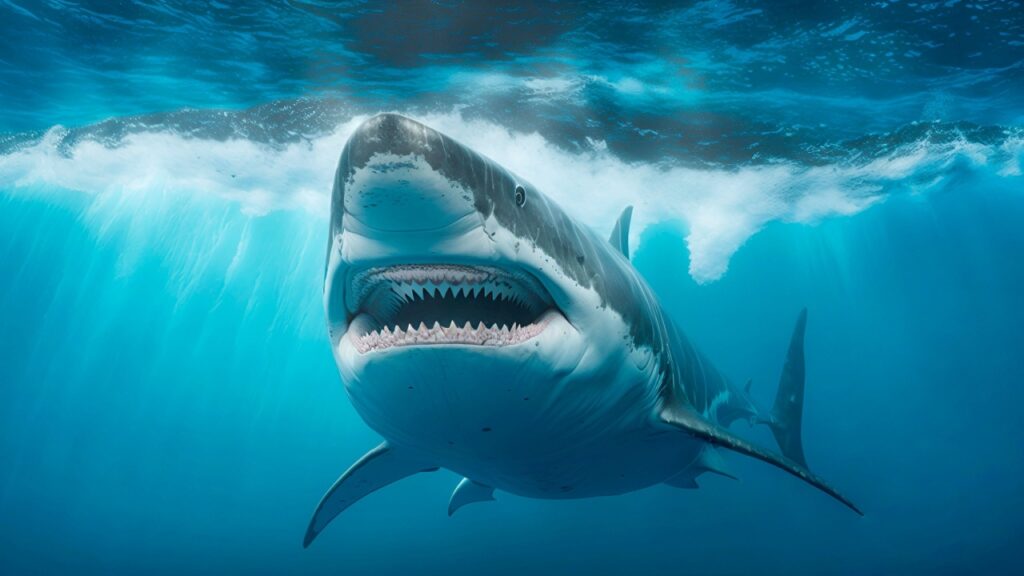
Great white sharks are famous seal eaters. They often hunt by swimming below their prey and striking upwards at high speed. This attack can send a seal flying into the air. Great whites prefer fatty seal pups, which give them lots of energy. Their powerful sense of smell allows them to detect a single drop of blood in 100 litres of water, making wounded seals easy targets.
3. Leopard Seal
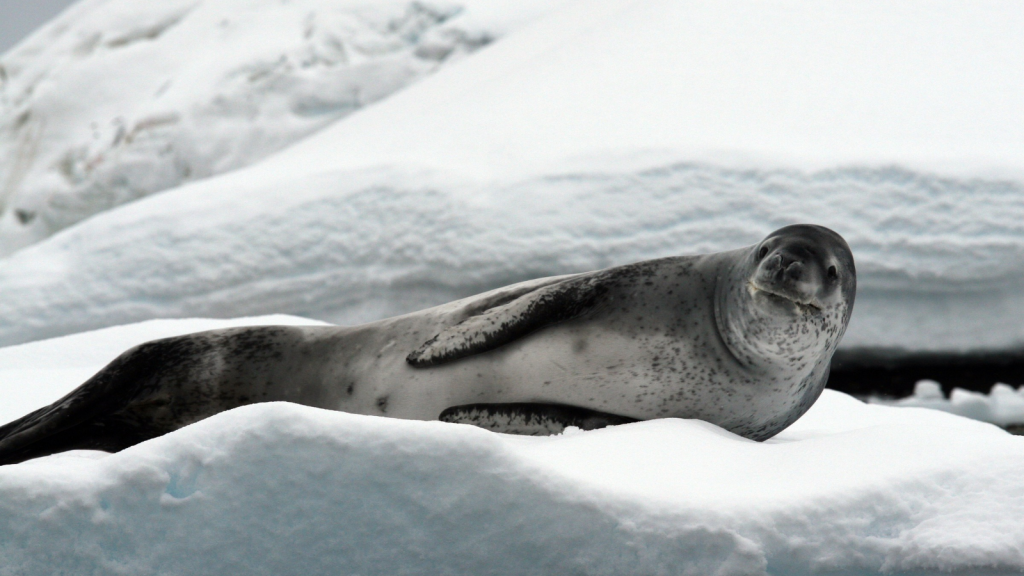
Despite being seals themselves, leopard seals are fierce predators of other seal species. They have long, sharp teeth perfect for grabbing slippery prey. Leopard seals often hunt younger seals, which are easier to catch. They’re common in Antarctic waters, where they’re near the top of the food chain. Leopard seals are also known to play with their food, sometimes tossing penguins in the air before eating them.
4. Polar Bear

Polar bears are skilled seal hunters on Arctic ice. They wait patiently by seal breathing holes for hours. When a seal surfaces, the bear uses its powerful paws to catch it. Seals make up most of a polar bear’s diet, providing the fat they need to survive. A polar bear can smell a seal from up to 32 kilometres away, making them incredibly efficient hunters.
5. Greenland Shark
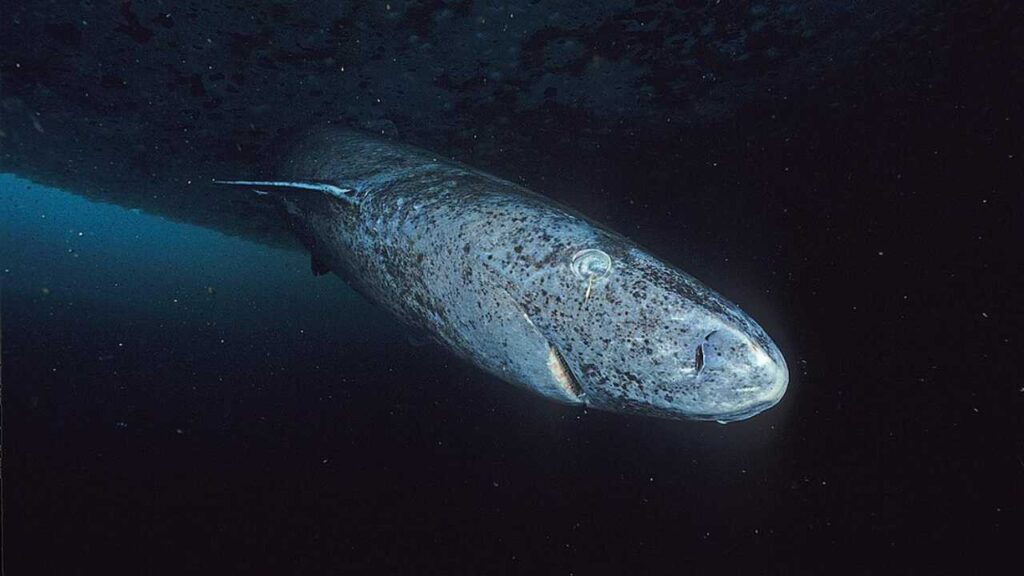
Greenland sharks are slow-moving giants that hunt seals in cold, deep waters. They can grow up to 6 metres long and live for hundreds of years. These sharks often catch sleeping seals, sneaking up on them in the dark ocean depths. Their flesh contains high levels of trimethylamine oxide, which acts as a natural antifreeze, allowing them to hunt in icy waters where seals live.
6. Sea Lion
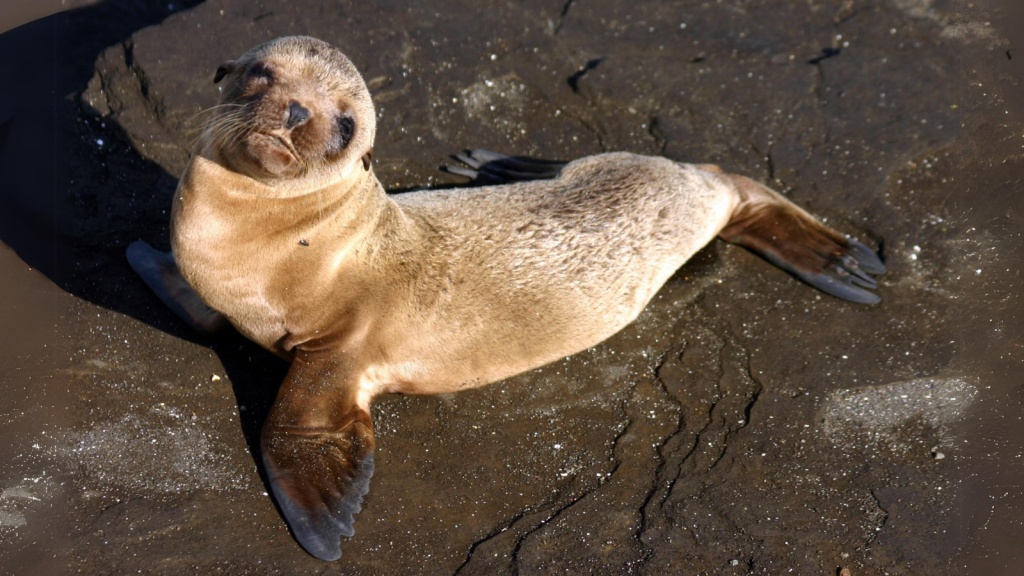
Like their leopard seal cousins, sea lions sometimes eat other seals. They’re fast swimmers and can easily chase down seal pups. Sea lions usually stick to fish, but they’ll happily snack on a seal if the chance comes up. Their flexible necks and sharp teeth make them effective predators, capable of catching prey much larger than themselves.
7. Walrus
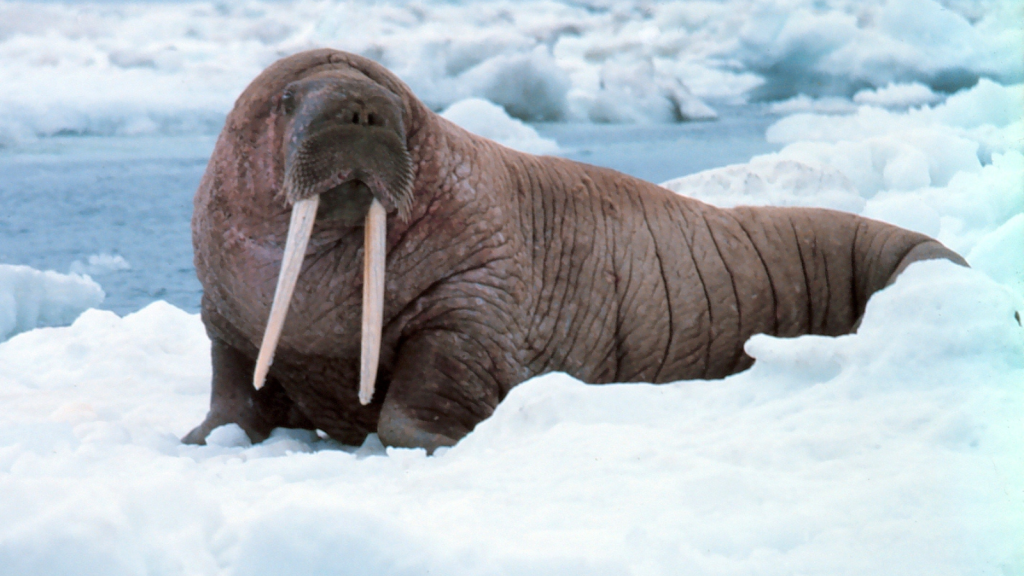
Walruses might look friendly, but they can be fierce predators. While they mostly eat shellfish, they sometimes attack and eat seals. Their huge tusks and massive size make them dangerous opponents. Walruses have been seen dragging seals onto ice to eat them. A single walrus can consume up to 3,000 to 6,000 clams in one feeding session, but seal meat provides a higher calorie meal when available.
8. Coyote

On land, seals face threats from surprising predators like coyotes. These clever canines hunt seal pups on beaches. They’re most successful when seals are born, as pups can’t yet swim away. Coyotes work together to distract adult seals while others snatch pups. Their adaptability allows them to thrive in various environments, including coastal areas where they’ve learned to exploit seasonal seal populations.
9. Arctic Fox
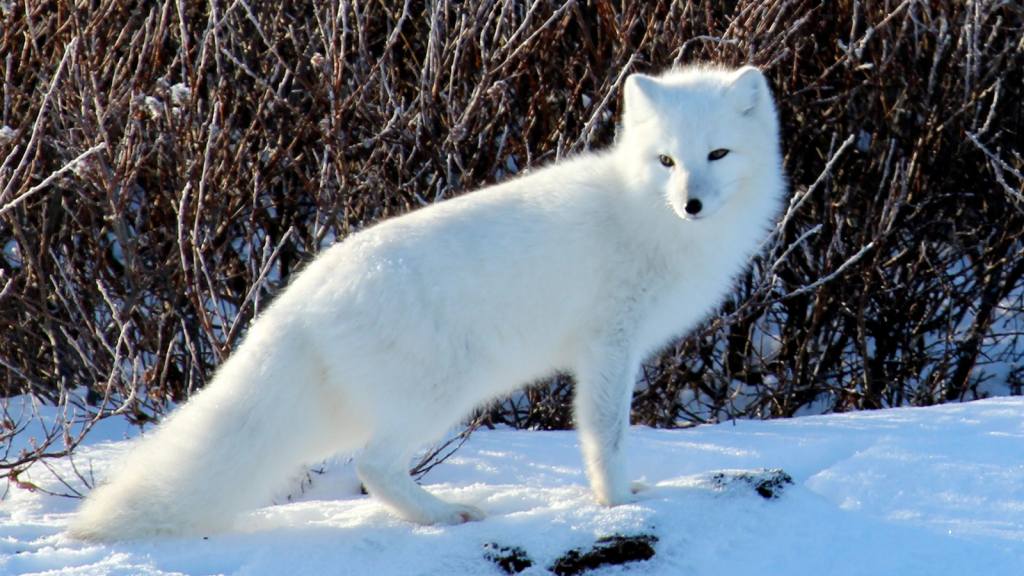
Arctic foxes are small but smart hunters that prey on seal pups. They follow polar bears, eating the leftover seal meat. In some areas, foxes raid seal dens on sea ice. They’re quick and sneaky, often catching pups before they can escape. Arctic foxes can survive in temperatures as low as -50°C, allowing them to hunt in the harshest environments where seals live.
10. Wolverine
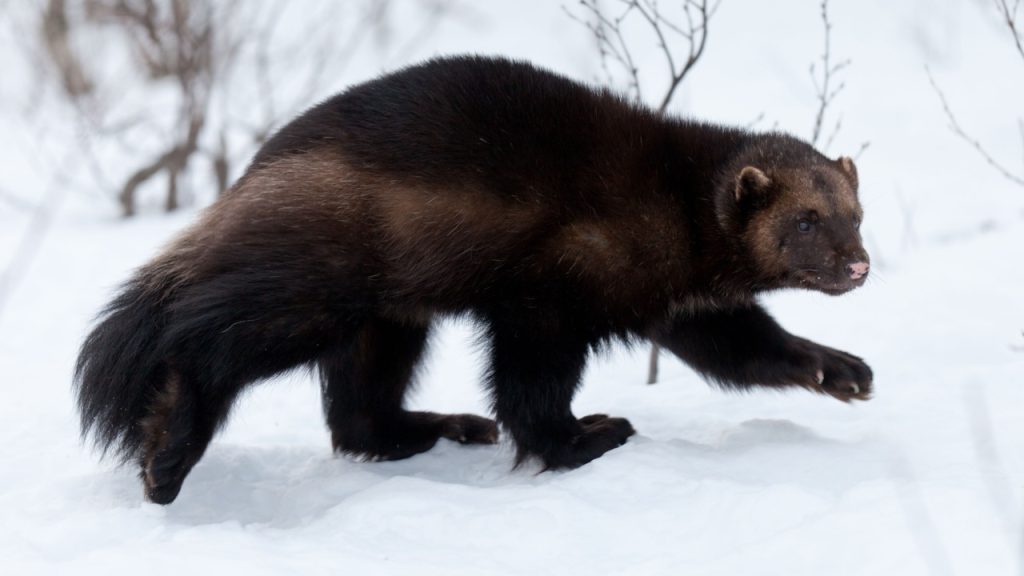
Wolverines are tough animals that will eat almost anything, including seals. They scavenge seal carcasses left by other predators. In some areas, wolverines have been seen hunting seal pups on beaches. Their strong jaws and sharp claws make them effective hunters. Wolverines have been known to take down prey much larger than themselves, including deer and small bears, making seal pups relatively easy targets.
11. Golden Eagle
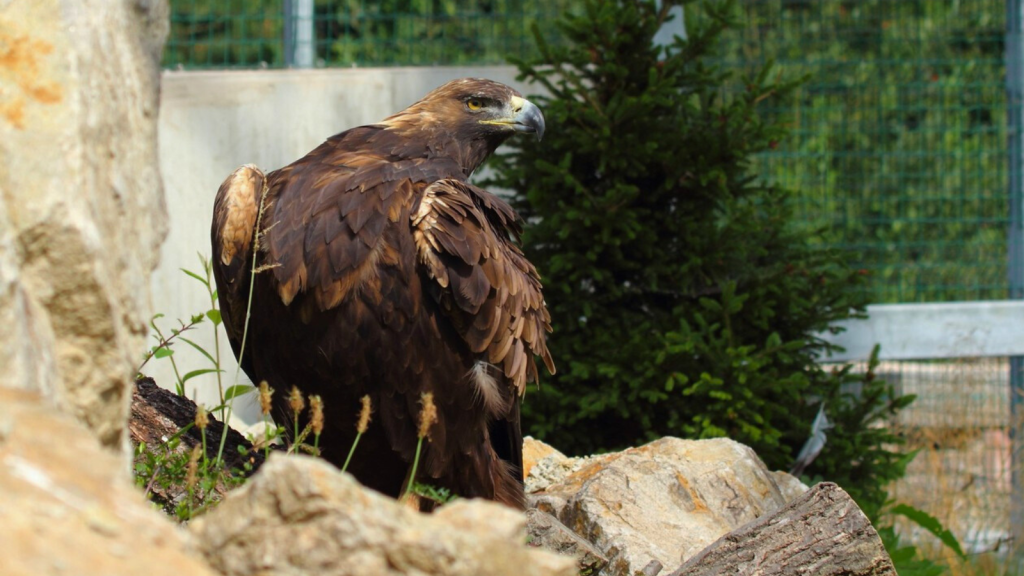
From the air, golden eagles sometimes swoop down to catch seal pups. These massive birds have been seen carrying small seals in their talons. They usually target pups that are alone on beaches or rocks. Eagles are opportunistic and will take advantage of easy prey. Their excellent eyesight allows them to spot seal pups from great heights, making them unexpected but effective seal predators.
12. Sleeper Shark
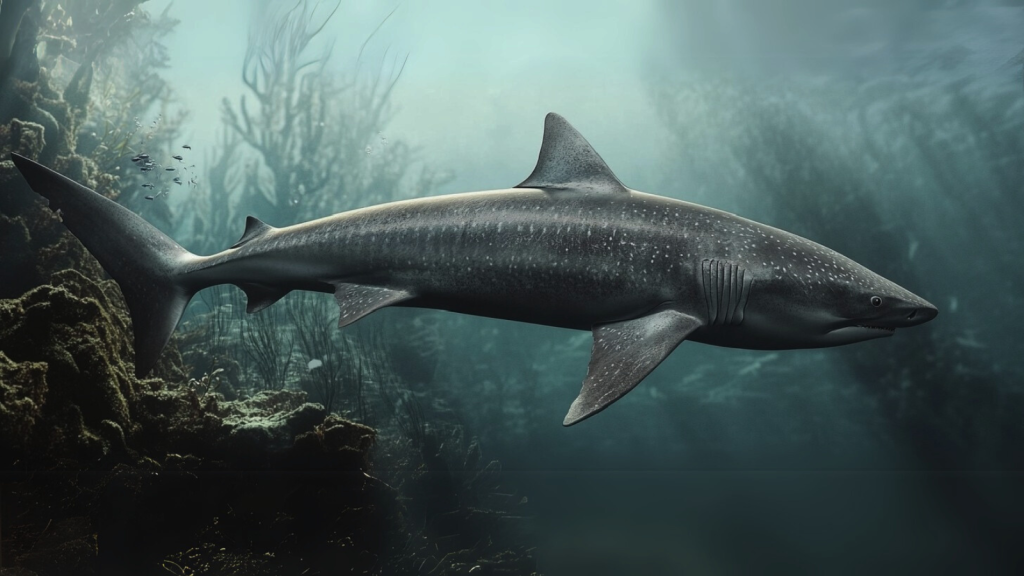
Sleeper sharks are mysterious deep-sea predators that sometimes eat seals. They move slowly but can grow very large, up to 7 metres long. These sharks likely ambush seals in dark, deep waters. Bite marks on seals show that sleeper sharks are active hunters. Their large, soft bodies and small fins suggest they use stealth rather than speed to catch their prey.
13. Elephant Seal
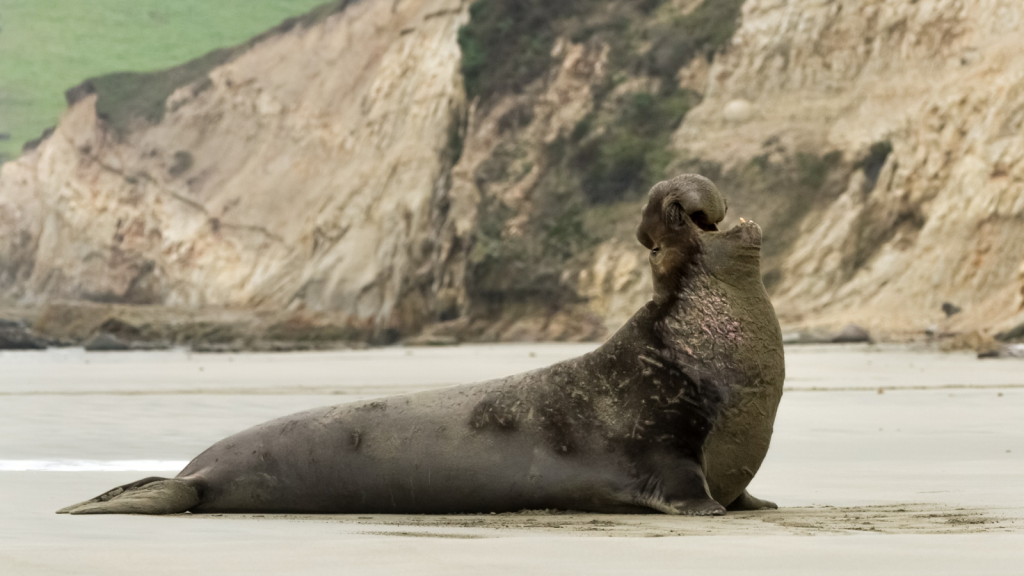
Male elephant seals are enormous and sometimes aggressive. They’ve been known to attack and eat other seal species. This behaviour is rare but has been observed in several locations. Elephant seals usually eat fish and squid, but they’re capable of taking larger prey. Males can weigh up to 3,700 kg and grow to 5 metres in length, making them formidable predators when they choose to hunt other seals.
14. Steller’s Sea Eagle
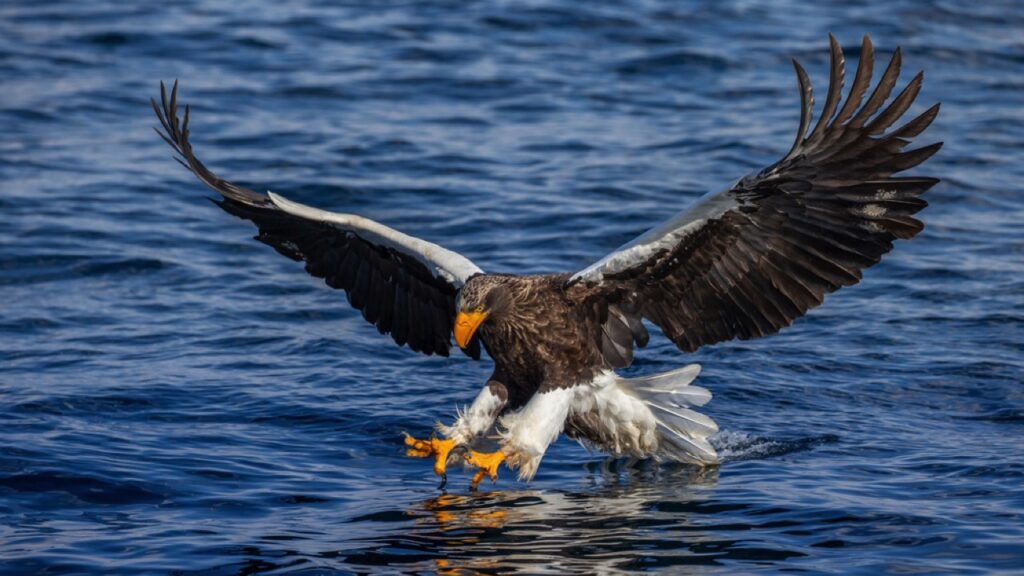
Steller’s sea eagles are among the largest eagles in the world. They sometimes prey on seal pups, especially in coastal areas. These powerful birds can lift prey weighing up to 6 kilograms. They use their sharp talons and beaks to catch and kill young seals. With a wingspan of up to 2.5 metres, Steller’s sea eagles can cover large areas of coastline in search of vulnerable seal pups.
15. Humans
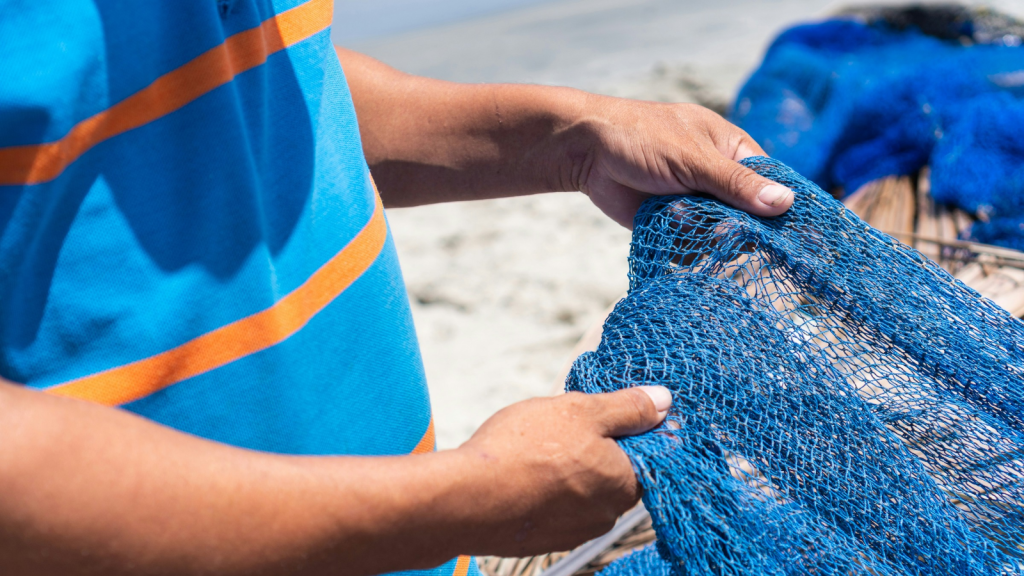
Historically, humans have been significant predators of seals. Many cultures have hunted seals for food, oil, and fur. While commercial sealing is now banned in many places, some traditional hunts continue. Today, the biggest human threat to seals comes from habitat loss and pollution. Overfishing by humans also indirectly affects seals by reducing their food sources, forcing them to venture further for food and increasing their vulnerability to other predators.
Becky is a fervent wildlife enthusiast and pet care expert with a diploma in canine nutrition. Her love for animals stretches beyond the domestic, embracing the wild tapestry of global fauna. With over a decade of experience in animal welfare, Becky lends her expertise to OutlandishOwl through insightful articles, captivating wildlife information, and invaluable guidance on pet nutrition. Her work embodies a deep commitment to understanding the intricate lives of animals and a passion for educating others on sustaining natural habitats. Becky's hands-on conservation efforts and her knack for translating complex dietary science into practical pet feeding tips make her an indispensable voice for creatures great and small.

